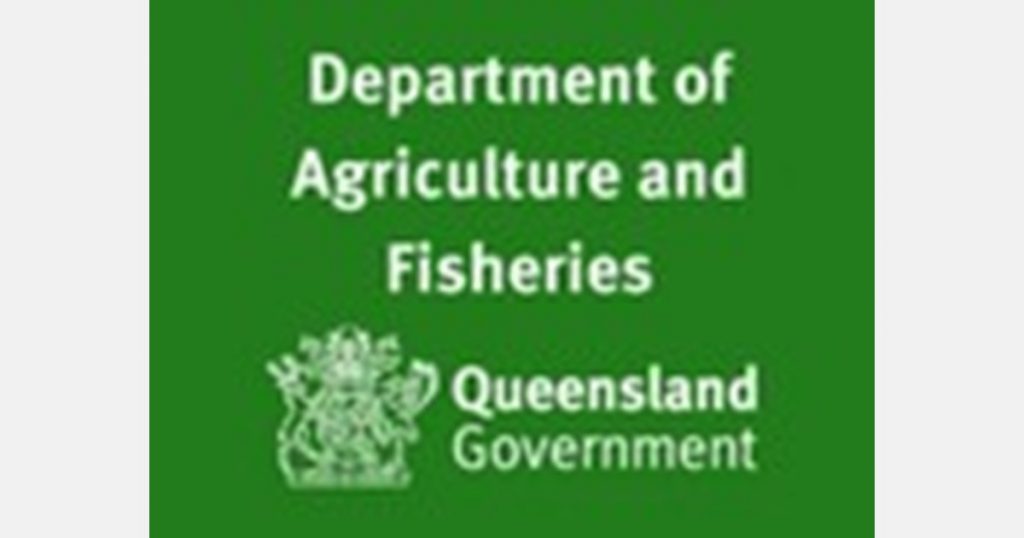‘Transforming orchards to high-density plantings produces higher yields and income…’ That’s the advice from the Transforming Mango Futures project team which spent three years studying grower and experimental mango orchards, examining whether high-density orchards would produce more fruit, more economically, than low-density plantings.
The project’s final economic case study has been launched today, at the Northern Australia Food Futures conference in Darwin.
Project lead,  Geoff Dickinson from the Department of Agriculture and Fisheries Queensland said the industry has long been interested in transforming from low-yielding, low- density orchards into high-yielding, high-density orchard systems.
Geoff Dickinson from the Department of Agriculture and Fisheries Queensland said the industry has long been interested in transforming from low-yielding, low- density orchards into high-yielding, high-density orchard systems.
“The Department of Agriculture and Fisheries, Queensland have been working on this challenge since 2013, and this project builds on this work,” he said.
Funded by the Cooperative Research Centre for Developing Northern Australia (CRCNA), the project team, DAF, Manbulloo Ltd, Marto’s Mangoes and the Australian Mango Industry Association (AMIA), trialled high-density planting across three sites in Queensland and the Northern Territory.
“To move from 200 to 600, or even 1,200 trees per hectare requires us to do the equivalent of what architects do in inner cities – that is maximise the efficient use of space. We are doing that by growing shorter, thinner mango trees and minimising the width of inter-rows for use by narrower tractors and equipment,” Dickinson explained.
“In terms of mangoes, this intensification involves managing trees as slim hedges or by training trees on trellises which sees them get great support, great light and maximum canopy leaf area to produce more fruit. Short, narrow trees mean sprayers and harvesters can work more efficiently, reducing pesticide use and opening opportunities for new technologies including robotic harvesting.
“While the adoption of high-density slim hedge and trellised planting requires a higher level of investment during establishment and over the first 10 years than conventional lower density planting systems, this is rapidly recouped by the higher revenues achieved by increased yield per hectare,” Dr Dickinson said.
The Australian-first research, modelling input costs and revenues from real data, reveals that high-density trellised orchards punch above their weight in yield and income generation.
CRCNA CEO Anne Stünzner said she is confident the study will assist farmers become more productive in the long-term: “The team and the industry, recognise that growers have genuine concerns about transitioning from tried-and-true systems to new ones, particularly when there are significant set up costs. We hope this study will assist growers when establishing new mango plantings to help them select which orchard management design is most suitable for them.”
AMIA Chairman and owner of Marto’s Mangoes, Ben Martin said he is excited about the potential outcomes the project has for the Australian mango industry.
For more information:
Carla Keith
CRCNA
Tel.: +61 0499 330 051
Dr Geoff Dickinson
DAF
Tel.: +61 0407 177 237
Brett Kelly
AMIA
Tel.: +61 0437 435 363
Jessica Mitchell
Tel.: +61 0458 803 220


